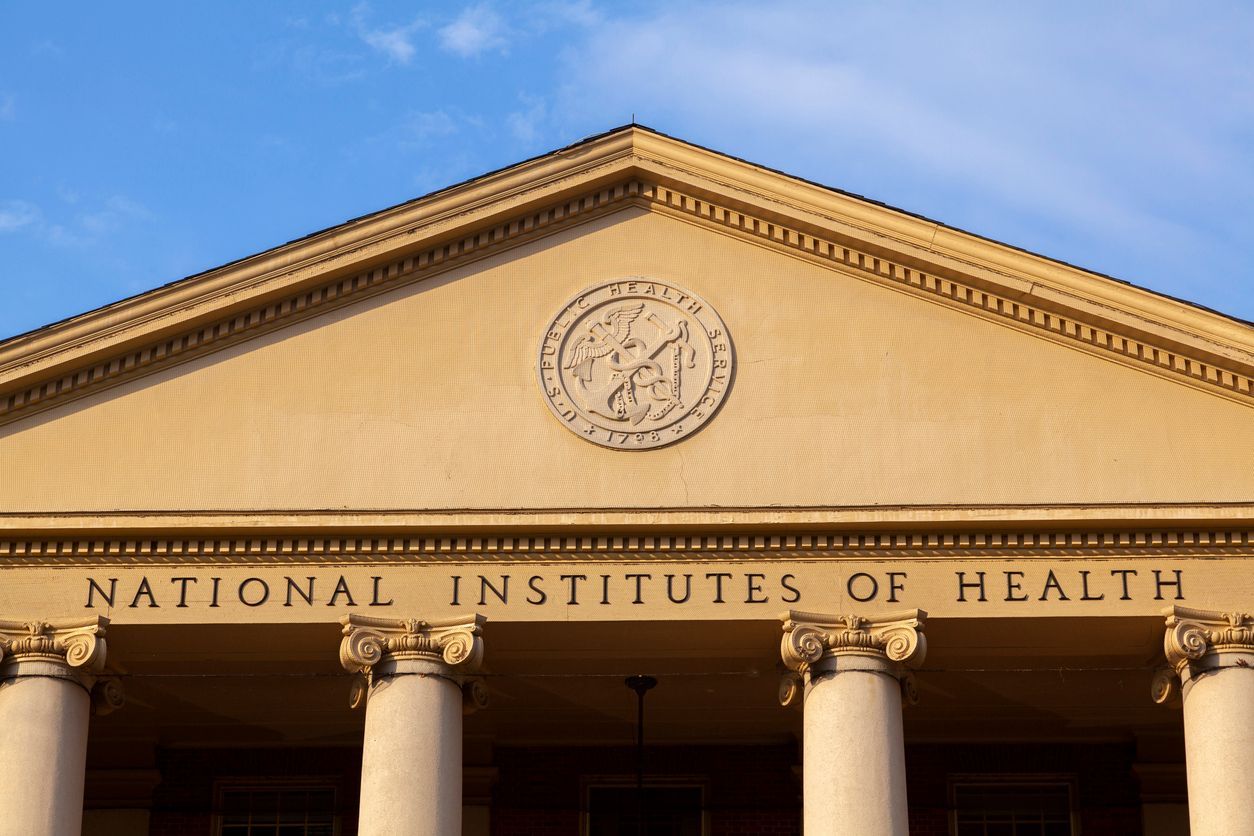News & Views: Sustainable Open Access – What’s Next?

This month we look at some factors driving publishers to consider a move toward Open Access publishing, explore business models to support OA beyond the now ubiquitous Article Processing Charge (APC), and share an interview with Raym Crow, an industry expert working with not for profit and commercial publishers to define alternative business models for OA publishing.
Is OA gaining momentum?
Several factors appear to be converging to accelerate the move toward Open Access. To start, as many publishers made their COVID-related content freely available, participants in the scholarly publishing ecosystem began to question why this content was not open from its inception, adding perceived pressure to move to open access publishing.
Then there is the perception of Plan S. While the reach of Plan S may be debated, it is difficult to deny the impact it has had on publishers, many of whom have considered funder mandates to foreshadow the industry “direction of travel.” When Plan S refined its criteria for Transformative Agreements, for example, there was an immediate response by Springer Nature to not only commit “the majority of our non-OA journals” to a transformative path, but to also include its flagship journal, Nature.
Additionally, earlier this year the U.S. Office of Science and Technology Policy (OSTP) held several discussions with publishers about how changes in their policies could impact U.S. academic publishing. One potential element of the OSTP policy was promoting zero-day embargo Green OA as a path to compliance with a policy requiring immediate OA. While OSTP has not taken any official positions, their consultation process triggered many publishers (several of our consulting clients included) to rethink (or move to establish) their OA strategy.
Business models 101
Delta Think tracks a multitude of business models. Most of the widely used business models are variations on a few core approaches.
- There is subscription for access to content, with all its variations in bundling and deal sizes.
- There are various Open Access models, but most (not all) rely on some payment or tracking of an Article Processing Charge. With few exceptions, what often varies is who pays the APC and how they pay it.
- There are some sponsorship or subsidy models where a reader (in the subscription world) or an author (in the OA world) is not paying for their access or publication fees directly, but some other entity is funding the publication.
These issues and others have led some publishers to explore collective action models, most notably the “Subscribe to Open” model pioneered in academic publishing by Annual Reviews. Subscribe to Open was structured to retain subscribers while flipping Annual Reviews’ publications to a fully open model. It is based on collective action principles, but it is a specific instantiation of those principles for journals that have an existing subscription base.No business model is without limitations. While charging an APC is currently the most prevalent model used to sustain open access, its limitations are apparent. Depending on funding source, APC’s can be a barrier to participation in open access for some authors and research topics. Shifting to an APC funded OA model also means that the full burden of the cost of publication rests with producers (authors and/or those paying APC’s on their behalf). Consumers of research bear none of the cost burden but experience no reduced benefit.
Publishers experimenting with collective action models
Publisher
Collective Action Announcement
Annual Reviews
https://www.annualreviews.org/page/subscriptions/subscribe-to-open
Berghahn Books
https://berghahnbooks.com/blog/open-access-week-is-here
Brill Publishers
http://libraria.cc/program-areas/subscribe-to-open
EDP Sciences
EMS Press
https://ems.press/subscribe-to-open
An interview with Raym Crow
We were interested in finding out more about the principles of collective action and how they can be applied to academic publishing. Do they require a subscriber base to be successful? Can a new journal be launched with a collective action model? Can a journal that is already open access “flip” to a collective action model? What are the limitations?
To explore these questions, we spoke with Raym Crow of Chain Bridge Group.
Raym Crow has over 30 years' experience in academic publishing and library information services, specializing in strategic business planning. He supports the development and ongoing operation of all types of nonprofit publishing and information initiatives by making them mission relevant and financially self-sustaining.
For over a decade, Raym has focused on collective models to support the provision of open access services. Here’s what we discussed.
1) How long have you been working with publishers to flip journals using a collective action model?
I’ve been consulting for about 20 years, working independently and—since 2002—as a consultant with SPARC. During that time, I’ve explored various models for opening access to research outputs, especially those sponsored by scholarly societies and university presses. Some collective-support models focused on launching new open access journals and others—like ‘Subscribe to Open’, developed with Annual Reviews—focused on flipping existing subscription journals.
2) Some folks wonder if a collective action model is sustainable. Why would someone pay for something they can get the benefit of for free? How would you address that concern?
That’s the gist of the collective funding problem: How to get institutions to contribute to the support of an open resource when it’s in their individual self-interest to let others pay to provide it.
Most public goods are provided by government via compulsory taxation, but that’s not really an option—at least, not directly—for many of the open resources we want to sustain.
Sometimes, small groups of institutions will come together to fund an open resource, such as an open-source software application. In those cases, the benefit to the contributing institutions, including direct influence on the end product, may be sufficient to justify the investment, even if the resource is eventually open to all.
Other initiatives rely on institutional altruism and social incentives to motivate contributions. While this approach can work on a limited basis—some portion of institutions might contribute—it can be cumbersome (and expensive) to coordinate and unstable over time. As a result, altruism alone tends to be a weak model for journals and other serial resources.
Another common approach is to provide some type of private benefit, exclusive to institutions that contribute to the open resource, as an inducement to provide support. This can work, as long as the private benefit is of sufficient value and doesn’t add appreciably to the cost of providing the open resource, not always an easy balance to achieve.
Another challenge when providing private benefits is that the offer may resemble a market transaction and be treated as such by libraries. This perception can undermine pro-social motivations for contributing, limiting the funds available for the resource.
Most collective support models probably fall somewhere on the continuum from pure altruism to compelling private benefits.
3) Are there any mature examples of this type of model in scholarly publishing or other industries?
Collective activity is everywhere—including cooperatives, credit unions, scholarly societies, and advocacy organizations. Again, much of this activity is driven by exclusive benefits to contributing members. There’s an additional challenge when collective action targets provision of open resources.
The small-group collective action I mentioned before represents one of the most common and successful approaches for developing open scholarly infrastructure resources. These initiatives often morph into user-based membership models for long-term operating support, with varying degrees of success.
4) It seems as though many of the applications of collective action are for "flips" where there is an existing subscriber base. Can this model be applied to a publication without existing subscribers?
Collective models can certainly be applied to publications without existing subscriber bases. Perhaps the simplest example would be the ‘conditional provision’ of a new journal, where the publisher makes publication of the journal contingent on securing sufficient long-term support. It’s a little more involved than that in practice, but the concept is simple.
Although its design was informed by collective action issues, ‘Subscribe to Open’ or S2O isn’t really a collective model, as it relies on subscribers acting in their economic self-interest and on existing subscription sales and procurement processes. As a result, S2O is more suitable to mature journals with readily identifiable subscriber bases.
5) What's next? How might collective action models evolve? Are you contemplating other business models for flipping or starting open publications?
There are several promising possibilities that we’re working on.
One is to coordinate ‘Subscribe to Open’ offers across multiple journals. The idea here is that multiple S2O offers can be linked so that participants in one offer can also enjoy the benefits of parallel offers. A major aggregator of nonprofit journals has expressed interest in exploring such an implementation, and that could provide an opportunity to extend S2O to a large number of society and university press journals that might not be in a position to act on their own.
Also, we’re working with Annual Reviews to help launch a community of practice for S2O. We hope that will provide publishers a channel for sharing their specific experiences with the model and provide a resource to encourage other publishers to explore S2O. That site will be launching soon.
SPARC continues to support efforts to design and implement a collective funding framework capable of providing ongoing operating funds for open resources. The framework’s objective is to maximize participation in collective funding initiatives, while reducing the costs of coordinating each funding action.
Conclusions (and Observations)
It will be interesting to see how these deals progress. Not only might 'Subscribe to Open' prove a viable model for certain publications, but collective action more broadly may be a model that supports flipping to Open Access or converting an existing Open Access publication from APC-based to an open subscription model.
With the diversity that exists in academic publishing on so many dimensions (subject area, geography, funding models, etc.), it is reasonable to believe that a variety of approaches to sustainability will be required. We look forward to following collective action models to understand what their contribution might be to the sustainability landscape.
This article is © 2020 Delta Think, Inc. It is published under a Creative Commons Attribution 4.0 International License.
TOP HEADLINES
PLOS and LibLynx partner to develop Open Access Analytics – August 11, 2020
"[LibLynx is] delighted to announce that we’re partnering with the Public Library of Science (PLOS) to develop ground-breaking analytics that better communicate the usage and impact of Open Access (OA) content… These new approaches will provide stakeholders with reports customized to meet their changing needs and underpin the development of new business models."
cOAlition S response to the ERC Scientific Council’s statement on Open Access and Plan S – July 21, 2020
"cOAlition S has taken note that the ERC Scientific Council wishes to pursue their joint efforts towards Open Access in a more independent way. The European Commission continues to support cOAlition S and Plan S. cOAlition S remains firm in its view that support for hybrid journals has failed to accelerate the transition to full and immediate Open Access over the past two decades."
ERC Scientific Council calls for open access plans to respect researchers’ needs – July 20, 2020
"During the past six months, the ERC Scientific Council has intensified its internal debate and reached a unanimous decision to follow a path towards Open Access implementation that is independent of cOAlition S activities. Therefore it has decided to withdraw as a supporter of cOAlition S."
Leaders agree on slimmed-down €80.9B for Horizon Europe – July 20, 2020
"EU leaders agreed on a pared-back budget of €80.9 billion for the Horizon Europe research programme, in the fifth day of a marathon summit to debate the EU’s long-term budget and a post-pandemic economic recovery plan. The final figure – a big blow to research advocates - is significantly lower than a proposal of €94.4 billion put forward by the European Commission in May."
ACS Publications announces new open science resource center – July 16, 2020
"Researchers, librarians and administrators who visit this resource will find information on open science and open access publishing, will learn how to comply with funder requirements and will be able to search ACS’ open access agreements to find out if they are eligible to have article publishing charges (known as APCs) waived. These new tools will speed the transition to an open science future by effectively communicating how open access publishing works for ACS’ extensive community of authors."
"Publishers commonly require authors to sign exclusive publishing agreements which restrict what authors can do with their research findings, including making articles Open Access in line with their funders’ requirements. To address this problem, cOAlition S has developed a Rights Retention Strategy, which will empower their funded researchers to publish in their journal of choice, including subscription journals, and provide Open Access in compliance with Plan S."
Simba Report: COVID-19 to Accelerate Transition to Open Access Publishing – July 7, 2020
"As the world grapples with a pandemic that has brought death and economic devastation, the crisis has demonstrated the value of open access (OA) to research articles, but also the need for a larger open infrastructure to share methodology, data and results more broadly—this according to the most recent report from media and publishing intelligence firm Simba Information."
OA JOURNAL LAUNCHES
August 17, 2020
Royal Society of Chemistry launches new open access atmospheric science journal
"The new journal, entitled Environmental Science: Atmospheres, is a cross-disciplinary journal spanning all aspects of atmospheric science... The new journal is fully gold open access, and article processing charges have been waived until mid 2023, meaning it is both free to read and free to publish in."
August 13, 2020
The Geological Society of London and Frontiers: Publishing Partnership Announcement
"Frontiers and the Geological Society of London are thrilled to announce that they have formed a publishing partnership to facilitate the launch of a new Gold Open Access journal Earth Science, Systems and Society (also known as ES3). Earth Science, Systems and Society (ES3), will publish timely and topical research of high importance across the breadth of the geosciences."
August 4, 2020
"Collective Intelligence will be co-owned by the Association for Computing Machinery (ACM) and SAGE Publishing with support from and in collaboration with the innovation foundation Nesta. The online-only, gold open access journal...will provide a home for theoretical and empirical results from many disciplines that can contribute to this cross-disciplinary body of knowledge about how, why, and when collective intelligence works and how it can be improved."
August 4, 2020
Oryx to become open access from January 2021
"Oryx – The International Journal of Conservation, is to become fully open access from 1 January 2021, making it free to read by anyone with an internet connection, anywhere in the world. New research submitted after 1 August will be published Open Access from next year. Thanks to a grant from long-time supporter, The Rufford Foundation, unfunded authors will benefit from a generous APC (article processing charge) waiver policy."
July 31, 2020
ACS announces nine gold open access journals launching in 2021
"ACS is announcing the expansion of the ACS Au portfolio with nine new fully open access journals to be launched in 2021. This expansion is a further example of ACS Publication’s commitment to open science and to improving the world through the transformative power of chemistry."
July 22, 2020
ScienceOpen and Compuscript collaborate to feature new open access journal, BIO Integration
"The interactive research and discovery platform, ScienceOpen, and publisher, Compuscript Ltd, have partnered to showcase a newly launched open access, biomedical sciences journal: BIO Integration (BIOI). As an open access journal, BIOI is an inclusiveforum that promotes communication between scientific ideas and clinical needs."
July 20, 2020
University of Buckingham Press launches The Buckingham Journal of Education
"University of Buckingham Press (UBP) has published the first Issue of The Buckingham Journal of Education, a new academic journal focussed on the evolution and future of education, published in association with the School of Education at the University of Buckingham. The Journal is available to all on Open Access."













